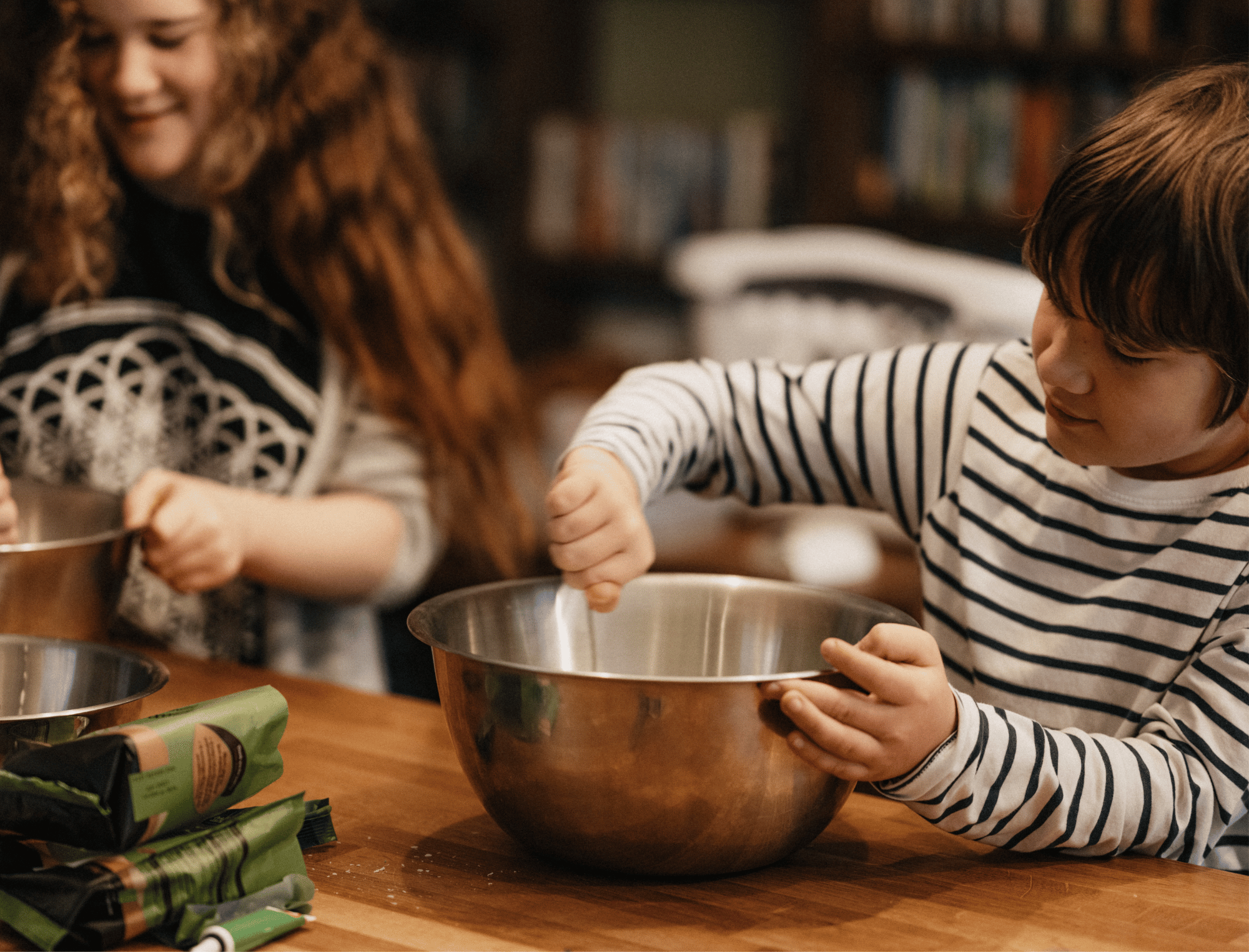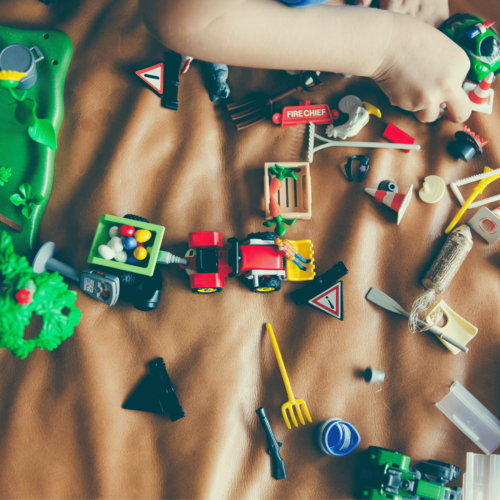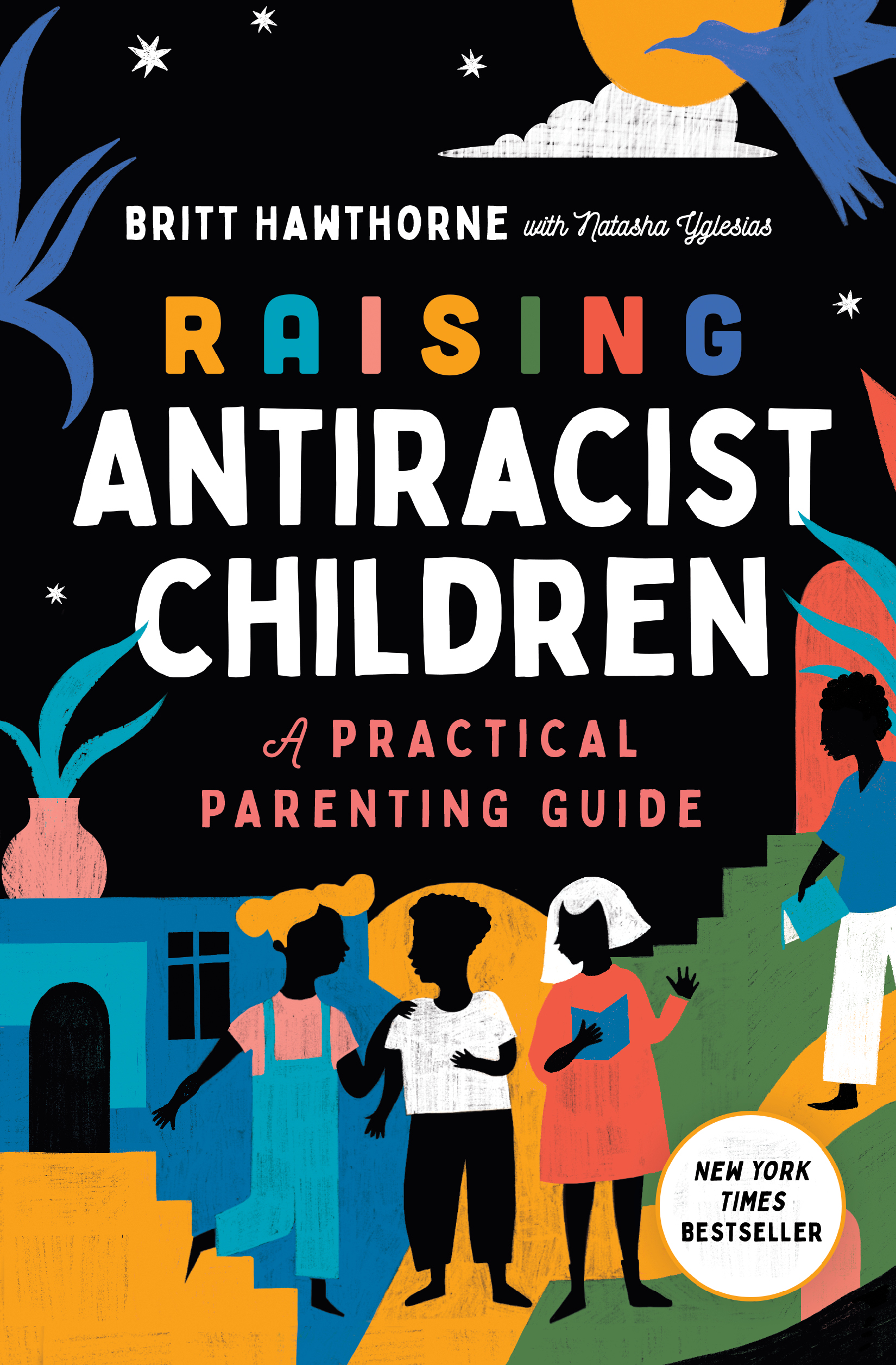I was surprised to learn that Jewish American Heritage Month (JAHM), celebrated during the month of May, is over a decade old. President Bush designated May 2006 as Jewish American Heritage Month on April 20, 2006. Unfortunately, there is still so little discussed and expected regarding JAHM in the classroom and non-Jewish homes. And I want that to change for my children. Keep reading to learn more about this important month and uncover Jewish American Heritage Month activities to explore with your children.
Note: This blog post would not be possible without the help of Jaime Herndon (@thedisruptivehomeschooler). Feel empowered to set the mood by listening to your favorite Lenny Kravitz song before digging into the resources.
Origin of Jewish American Heritage Month
We’ve already established that JAHM was created in the United States in 2006. According to the Library of Congress, the ball was set in motion back in 1980 with the designation of April 21-28, 1980, as Jewish Heritage Week. For the following decades, Jewish Heritage Week was celebrated for one week in either April or May. Then, finally, in 2006, an entire month was dedicated to celebrating Jewish Americans’ countless contributions to American society.
The Jewish American Heritage Month’s official website refers to this announcement as “the crowning achievement” of the Jewish Museum of Florida and South Florida Jewish community leaders’ work together, followed by resolutions put forth by Representative Debbie Wasserman Schultz of Florida and Senator Arlen Specter of Pennsylvania to “recognize the more than 350-year history of Jewish contributions to American culture.” These resolutions passed unanimously. May was chosen to celebrate Jewish American Heritage Month as a result of such a successful celebration of the 350th Anniversary of American Jewish History in May 2004.
Why Do We Celebrate Jewish American Heritage Month?
As a family, we are learning, growing, and stretching our capacity to work in solidarity with the Jewish community. We want our children to identify antisemitism, call it out, and advocate against it. Therefore, we must start by sharing honest, accurate, and affirming stories about Jewish people before sharing stories of trauma, harm, and oppression. For us, JAHM is an excellent opportunity to center stories and history focused on belonging, affirmation, and joy.
Note: This month, we are prioritizing Jewish belonging and joy. While the Holocaust, Jewish activism, and solidarity are topics of immense importance that deserve attention, these topics will be held with integrity later.
9 Jewish American History Month Activities
1. Read Children’s Books by Jewish Authors
Choose age-appropriate books introducing Jewish culture, traditions, stories, and values. Lesléa Newman’s book Heather Has Two Mommies connects May’s Jewish American Heritage Month and June’s LGBTQ+ Pride Month. Reading stories about Jewish holidays, historical figures, and stories helps children embrace people by using accurate language and engaging in respectful curiosity. Don’t forget to discuss the stories, characters, and themes with your children to promote understanding and curiosity. For a list of books that focus more on Jewish joy and everyday life, check out this list.
2. Create Crafts, Artwork, and Music
Engage children in hands-on activities related to Jewish American heritage. In our home, we don’t create religious crafts such as menorahs or the Star of David in order to prevent religious appropriation, but we look at photos of these sacred symbols and discuss their backgrounds using accurate language. We like to make crafts by Jewish creators Sara Rivka, With Love, Ima, and the PJ Library that help us to focus on cultural and religious appreciation.
3. Cook Traditional Jewish Recipes
I must admit, I was going to suggest stereotypical Jewish foods—bagels and hummus—at first. I’m forever grateful for Jaime Herndon (@thedisruptivehomeschooler) who helped me avoid this and shared the gift of truth with me. Thanks to her, I’m going to suggest cuisine that encompasses the rich diversity of Jewish American heritage beyond such generalizations.
In our home, we are going to try our hand at matzo ball soup since it can be represented in both Ashkenazi and Sephardic traditions. We love to involve our children in preparing a dish that might be enjoyed in a Jewish home.
For younger children, allow them to help with measuring ingredients, mixing, and plating. Discuss the significance of these foods and their connection to Jewish holidays and cultural practices.
Bonus: Read Chicken Soup, Chicken Soup, which has a recipe included at the back of the book.
4. Learn About Jewish Holidays
Mark Jewish holidays on your calendar, and honor them with your children. Explain the meaning and customs associated with each holiday, and use many and some phrasing: “Many Jewish people honor this holiday, but some do not.”
Note: I’ve seen a lot of recommendations from people to light Hanukkah candles, have a Passover seder, or build a sukkah for Sukkot. But I’m very cautious about appropriation. Instead, with my children, I love showing videos and Instagram reels of Jewish people celebrating and honoring their holidays.
5. Visit a Jewish Museum
Take children on a visit to a Jewish museum. Many cultural institutions offer child-friendly tours and activities; engaging with them is a great way to ensure children develop a sense of connection and understanding. Children can learn about Jewish traditions, explore artifacts, and ask questions.
6. Play Jewish-Themed Games
Do your children love Gaga Ball as much as mine? I was happily surprised to learn the history of this beloved game: “Gaga is a form of dodgeball that originated in Israel in the 1970s and spread when Israeli counselors brought the game to summer camps around the world.”
In addition to playing Gaga, we plan on engaging our youngest in learning about Jewish American heritage by creating a memory game using Jewish symbols or a trivia game about Jewish history and culture. We might even loop in our oldest son to make the trivia game, similar to the MLK trivia they created. These activities can be both educational and entertaining for children.
7. Attend Community Events
Seek out family-friendly Jewish community events that are happening in your area. Look for events like children’s performances, workshops, and cultural festivals. Attending these events can provide children with a sense of community and an opportunity to celebrate Jewish American heritage alongside others.
8. Engage in Acts of Charity
Teach children about the Jewish value of tzedakah (charitable giving). A former student of mine introduced us to this concept, and my students immediately felt mobilized to act. Involve children in age-appropriate acts of justice and volunteering such as redistributing to a food drive, participating in a community service project, or organizing a book ban march. This helps instill empathy and a sense of responsibility towards others.
9. Encourage Dialogue and Question
Most importantly, create an open and brave environment for children to ask questions about Jewish American heritage and the intersections of anti-oppression work. Please encourage them to share their thoughts, observations, and curiosities.
A Quote from Raising Antiracist Children: A Practical Parenting Guide
“Practicing antiracism and parenting intersectionality means looking at how these belief systems have taken root in society—as well as in our own hearts and minds—and doing what we can to challenge and uproot them. Our liberation is tied together. We will get farther if we understand how and why that is.
My commitment to antiracism stems from my Jewishness, as well as from my Montessori upbringing. In one of our texts it is written: “You are not obligated to complete the work, but neither are you free to abandon it.” It is unlikely that our generation of parents will end all forms of hate and white domination. There is, however, quite a lot we can do, especially together.” – Andy Lulka
Building Community with the Jewish Community as a Family
Being in solidarity with the Jewish community is crucial to promoting justice and love. By participating in these activities with our children, we hope to instill an appreciation for the rich history and customs of Judaism while also cultivating a deeper understanding of Jewish history. Remember, the goal is not perfection but continuous learning, growth, and community-building with the Jewish community.





